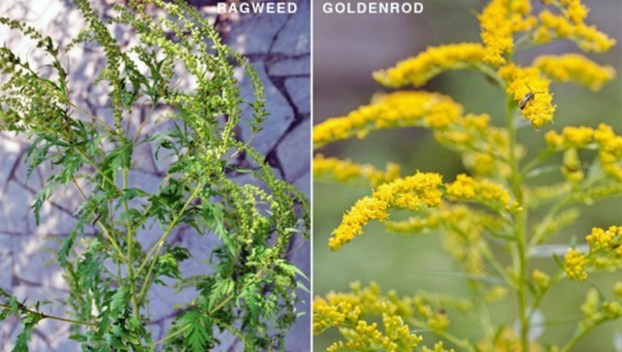
Lifestyles
HOME & GARDEN SPOT: Naturally Alabama — Imported danger to our hemlocks
Welcome to Naturally Alabama. For a while now, I have desired to write a series of articles based ... Read more

Welcome to Naturally Alabama. For a while now, I have desired to write a series of articles based ... Read more

I don’t know anyone who doesn’t like to come across a butterfly flittering by. Well, I seem to ... Read more

Question: My allergies, which normally give me a fit in spring and again to a lesser degree in ... Read more

For some people, a warm winter like this one means that allergy season is hovering. A few years ... Read more